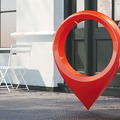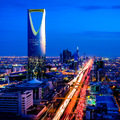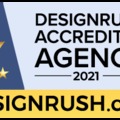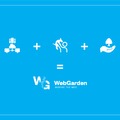Something has been happening around Business Rally Hungary Kft. and Artbasic S.r.o. for more than 1 year. We thought, what was it like to create an equipment that could turn ocean or sea water into fresh water.Something has been happening around Business Rally Hungary Kft. and Artbasic S.r.o. for more than 1 year. We thought, what was it like to create an equipment that could turn ocean or sea water into fresh water.
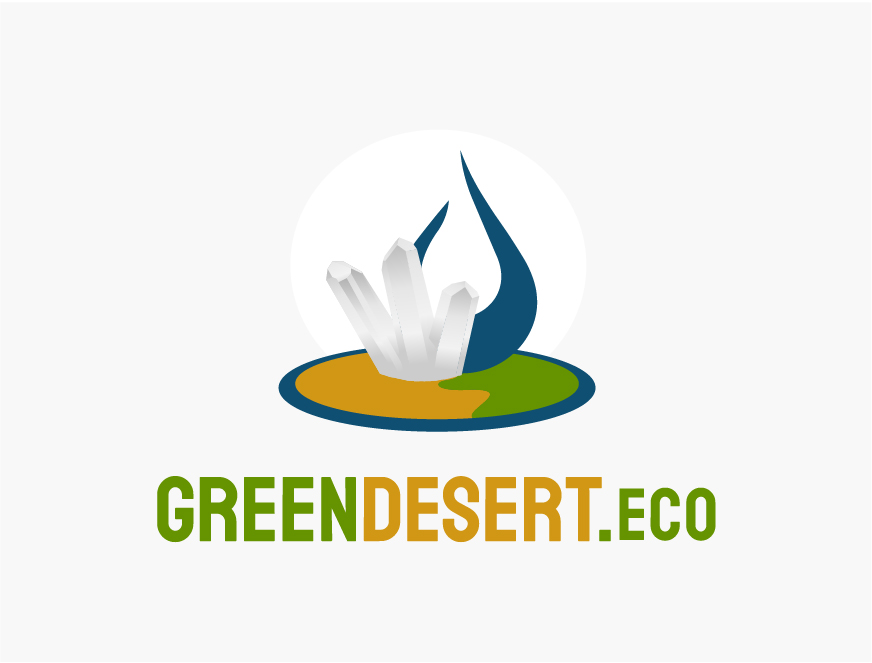
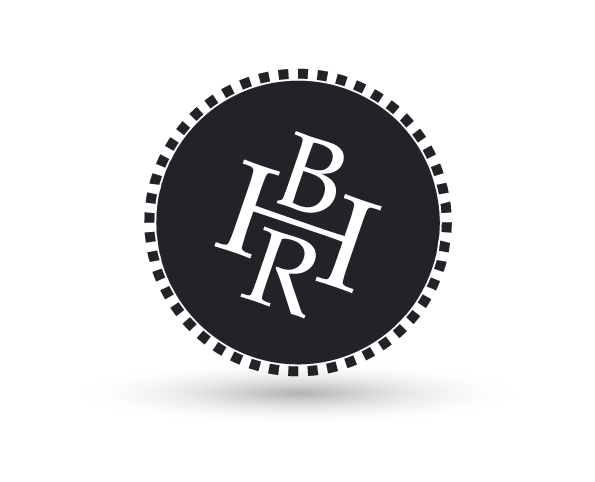
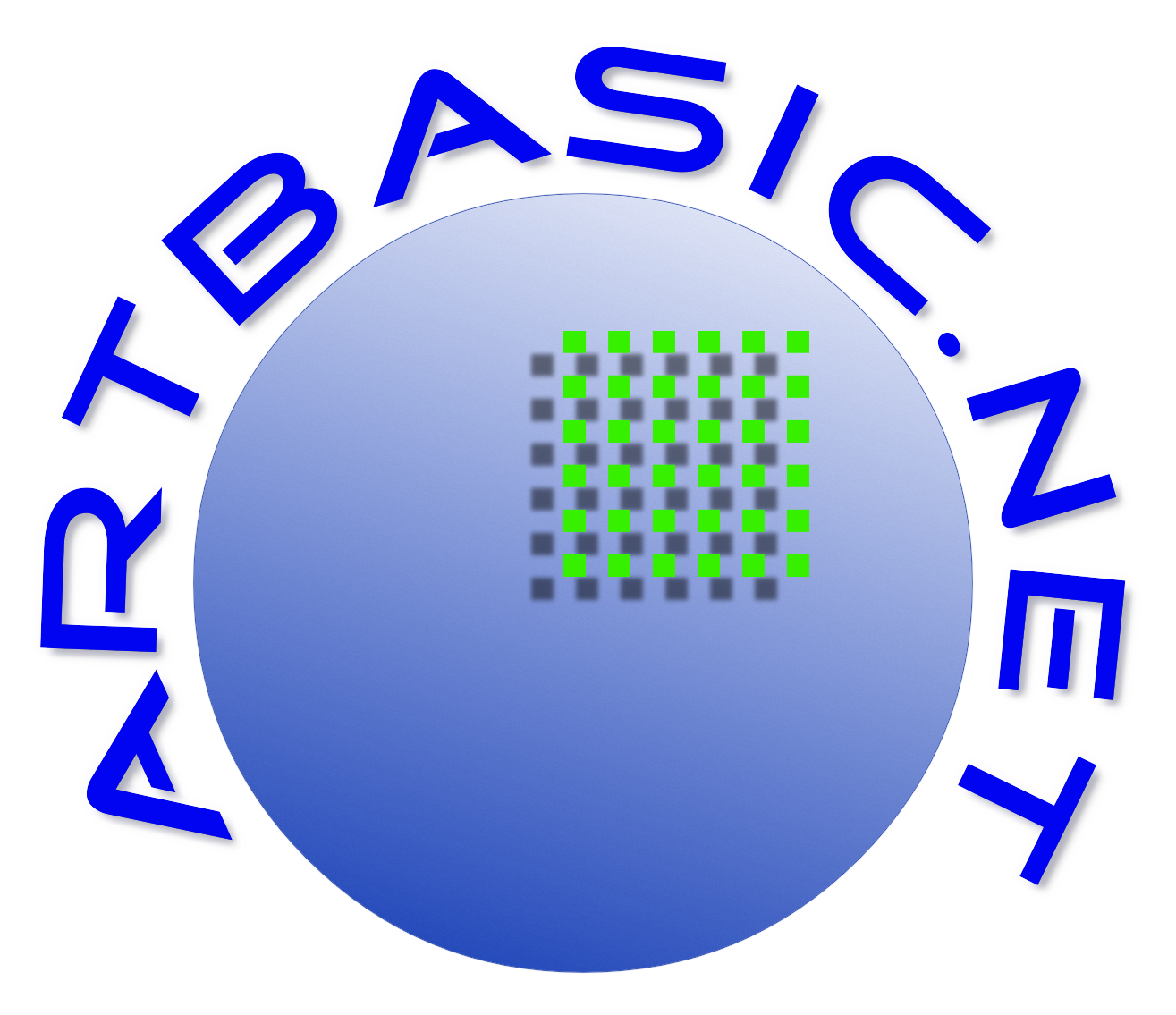
The idea
Nowadays, we are visiting areas of the world, where water, more precisely the lack of it is an everyday, real problem. We try to travel with open eyes. When we’re abroad, we always read the news of that country before, during and after your trip, too. This was also the case in October 2020, when we went on a business trip to Morocco.At that time, newspapers reported that the waters of the reservoirs were quite low and this trend was getting worse year by year. Irrigation of orange groves has also become questionable.
https://www.todayonline.com/world/taps-and-reservoirs-run-dry-moroccan-drought-hits-farmers
That’s when we started thinking about designing a device that could turn irrigation water out of ocean water, basically for agricultural use.
The first drop
After a long experiment, the first prototype was ready. Unfortunately, Hungary doesn’t have salt water (sea or ocean coast) and the climate is (thankfully) far away from a desert / Mediterranean climate for now. In the summer, however, some days are quite like a perfectly sunny desert day, so we only had to get sea water.
During a business trip in Montenegro, we took water from the Adriatic and brought it home by car. We were asked at the border why to bring home 40 litres of seawater – because we don’t have any – so we told them.
We immediately started testing, loaded the seawater into the machine, and in the evening, we could say a toast and taste the newly produced water. At that time, we didn't know what kind of water we could produce, but there was a lot of enthusiasm, so we drank the first glasses of it. The next day we took the next batch to a lab, which to our great surprise was rated "drinking water of impeccable quality". Meaning, that it has no harmful ingredients, but aesthetically, it leaves something to be desired. The device was the first prototype, so we knew it meant that we would be able to produce drinking water from sea/ocean water not only for agricultural but also for human use.
Seeing the lab results, we’ve already begun planning the future. We knew that the prototype was only a zero version, so there was still a lot of experimentation to do, in order to increase efficiency and hygiene further. We agreed that these experiments should already be done in locations where the devices will operate, but at least in an area with a similar climate.
That's how we chose Morocco, as we already have the right local knowledge and contact network, the climate is 25-35 °C on the ocean coast, but if driving to Zagora (where I've always wanted to get to), we'll meet temperatures of 40-50 °C, which corresponds to the climate of the Middle East. Thus, in a country where we are at home, we can test two climates at once.
The challenge
The next challenge, after Artbasic manufactured the 5 different experimental devices, was to deliver the 120kg equipment to Morocco. This is no longer the category we drop at the check-in counter at the airport.
It’s worth to know that there is a state-owned company in Hungary that supports the export efforts of digital technology SMEs in every possible way (draws attention to tenders, promotes mentored companies at foreign exhibitions, organizes workshops, conferences, business matchmaking events, connects the company the relevant government bodies, which also help them to realize their export aspirations).
It’s the Digitális Jólét Nonprofit Kft. (Digital Welfare Ltd.), the background institution of the Ministry of Innovation and Technology, and of course they helped us to face this challenge. We are grateful to them and to the Ministry of Foreign Affairs and Trade and the Hungarian Embassy in Morocco for the proactive assistance they provided us in the field of bureaucracy and logistics, without them our attempt wouldn’t have been possible.
We would also include travel in this chapter, as that was also a real challenge. We’re still living in Covid times with less flights, it’s not that easy to get from point A to B. That’s how it was with us, our journey from Budapest to Casablanca via Istanbul.
We arrived late night in Casablanca, where we managed to arrive at the time of curfew, as there is a strict curfew all over Morocco between 9pm and 6am due to the Covid situation. We didn’t want to try what could happen if we violated the ban, so we slept in an airport hotel that night.
Morocco
The next day, our rented off-road vehicle arrived on time, we hurried to the Rabat embassy, where we greeted our friends and loaded the equipment we had sent.
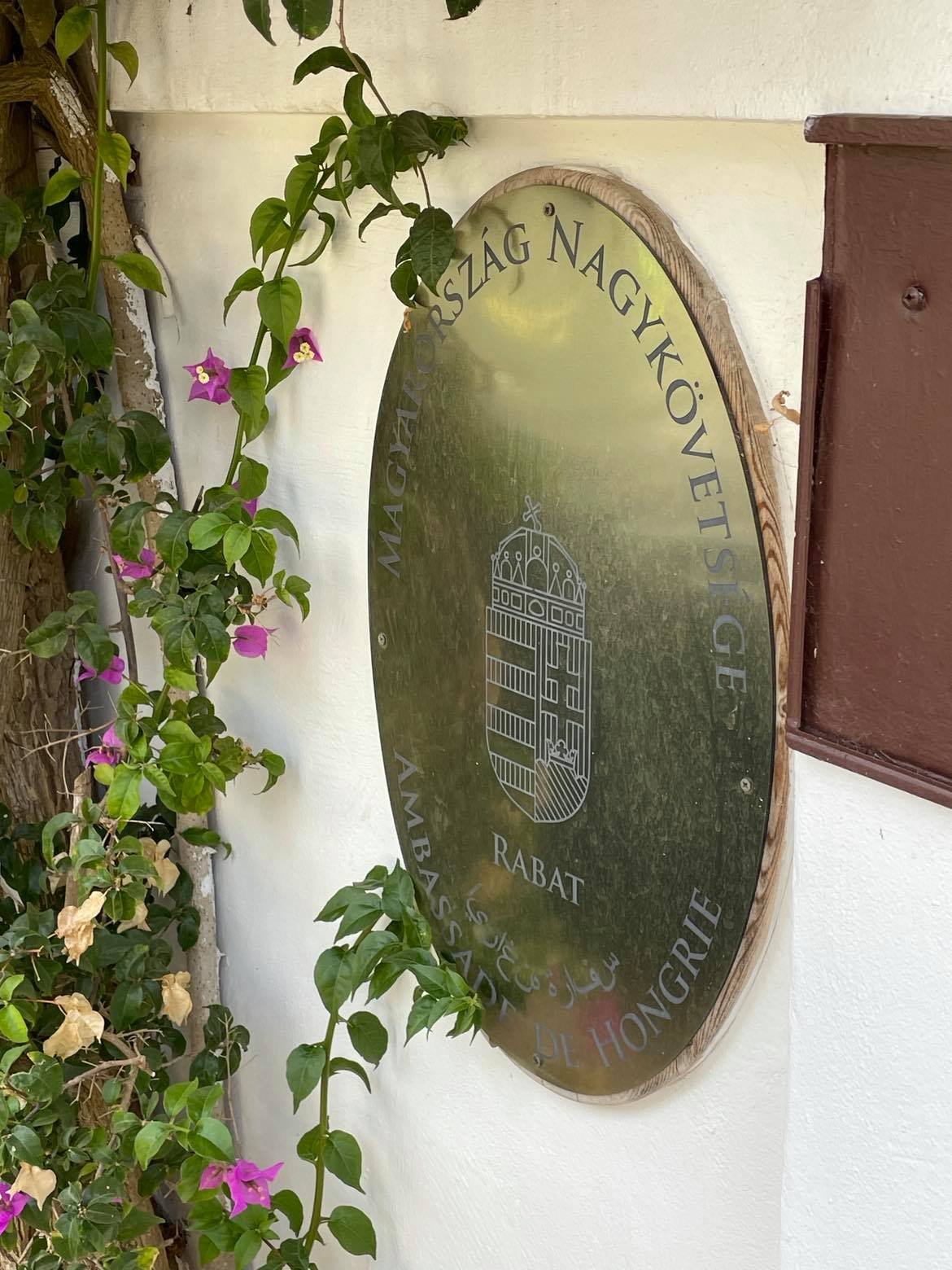
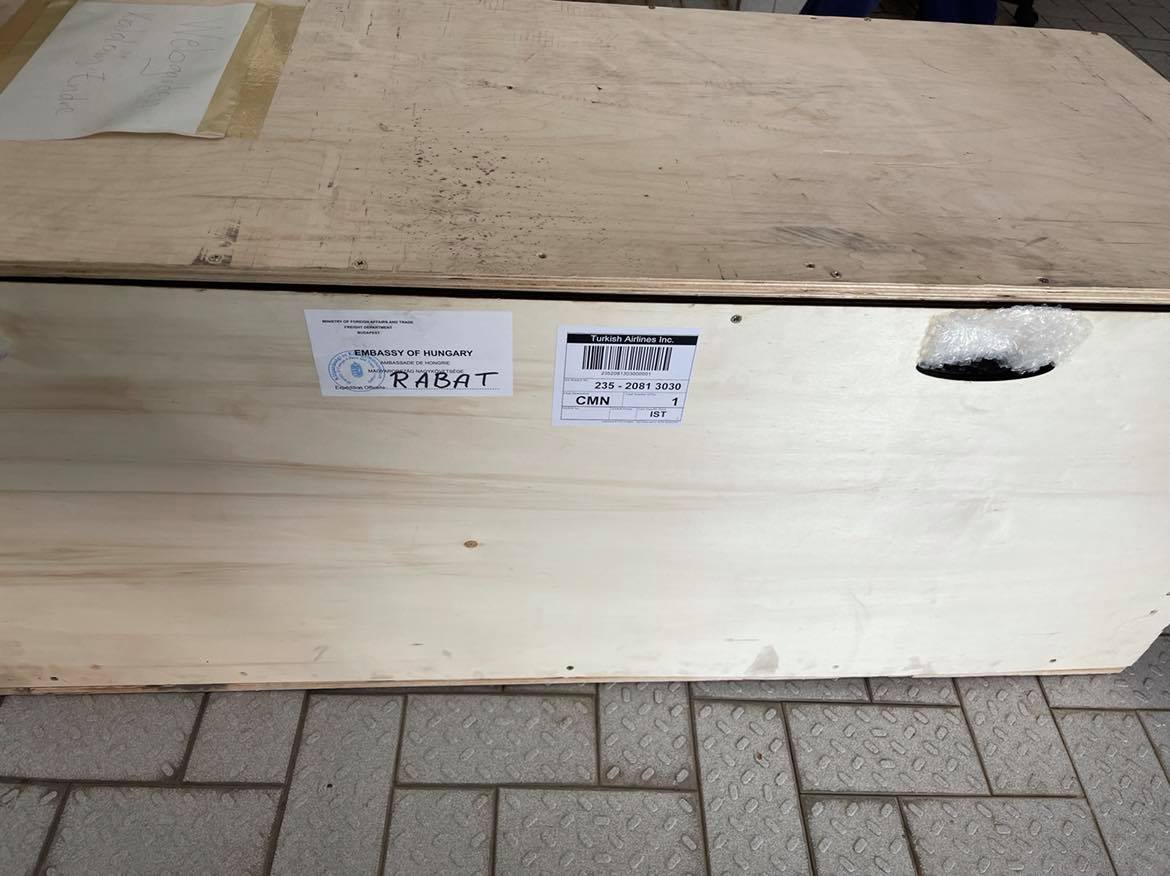 The original plan was to do the experiment first in Agadir, but we had to realize that it was impossible to travel this much and bridge long distances in such short time, so we came to the conclusion that Casablanca was also perfect, as it has the same climate.
The original plan was to do the experiment first in Agadir, but we had to realize that it was impossible to travel this much and bridge long distances in such short time, so we came to the conclusion that Casablanca was also perfect, as it has the same climate.
After purchasing the necessary experimental equipment locally, we occupied the accommodation and prepared for the next day, when the tests begun.
In the morning, however, we woke up to a cloudy sky, which did no good to either our mood or the expected outcome of the experiment. Luckily, we had a rescue idea, looked at the cloud map, got into the car and headed south until we drove out from under the clouds.
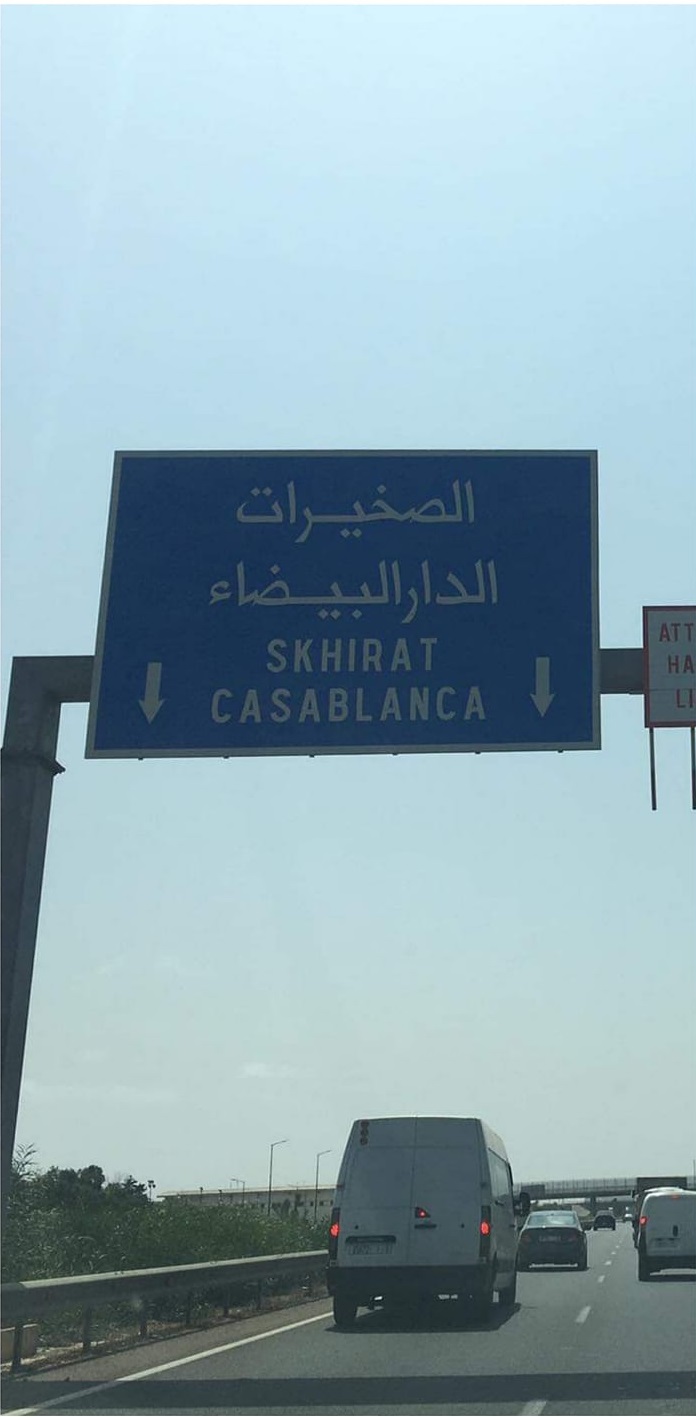
We managed to park in front of the wreckage of Le Titanic (as the locals call it), where the location and weather were perfect for the experiments.

During the work that lasted until the evening, in addition to being able to completely burn in the sun, we found that the idea works in a near-ocean climate (which is a little cooler), we also saw what changes need to be made to the experimental equipment immediately on site.
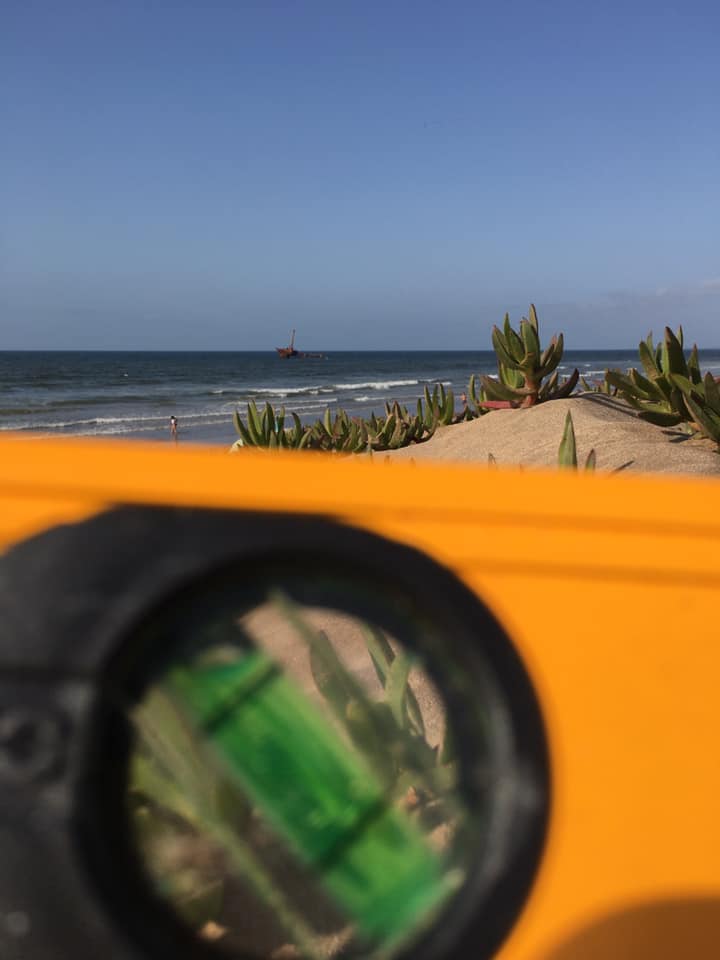
The next day in Casablanca was already sunny, so we could continue our experiments on the oceanfront of our accommodation (Lido Thalasso) until we checked out. We tried to make these experiments as less noticeable as possible, but a lot of nice and curious people came to us to ask what would come out of this. We also learned the term “un expremient scientific”, that could perfectly explain our activity.
By the time we checked out, we could produce water efficiently, which was tasted not only by us but also by the hotel’s security guard. He nodded and smiled contentedly. Although this water did not get to the lab, as we drank it, we were already happy to take the water of the Atlantic for our desert experiments.
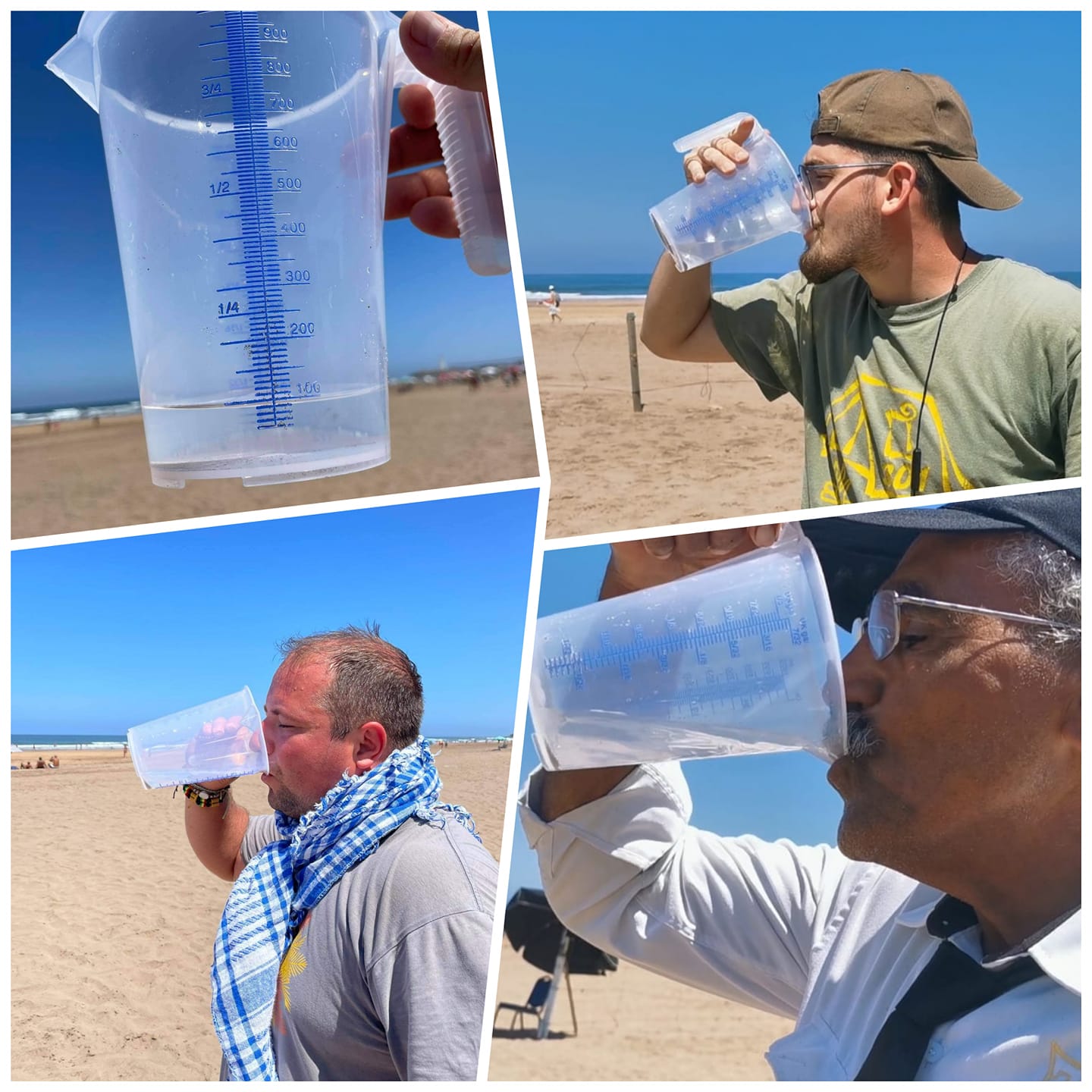
The desert
After a tedious process of packing the devices, we set off from Casablanca to Zagora. On the map, it didn’t seem so though to fight our way through the rush hour of Casablanca, the speed traps set by the police at each kilometre, the Atlas Mountains, the desert, and finally the curfew. We were somewhere after Ouarzazate at 11 pm when we were stopped at a checkpoint and we were asked why we are out under the curfew late at night in the desert. When we told them, where we were coming from and where we were going, they kindly asked about our experiences in Morocco and then, wishing us a good journey, let us go on.
We arrived at the Riad Zagora Palms at 1am in the morning, after a 12-hours drive, which we highlight in the blog, because despite arriving at 1am, despite not having paid any deposit, they were waiting for us at the hotel. That’s when we realized that we were going to be the only guests in the hotel.
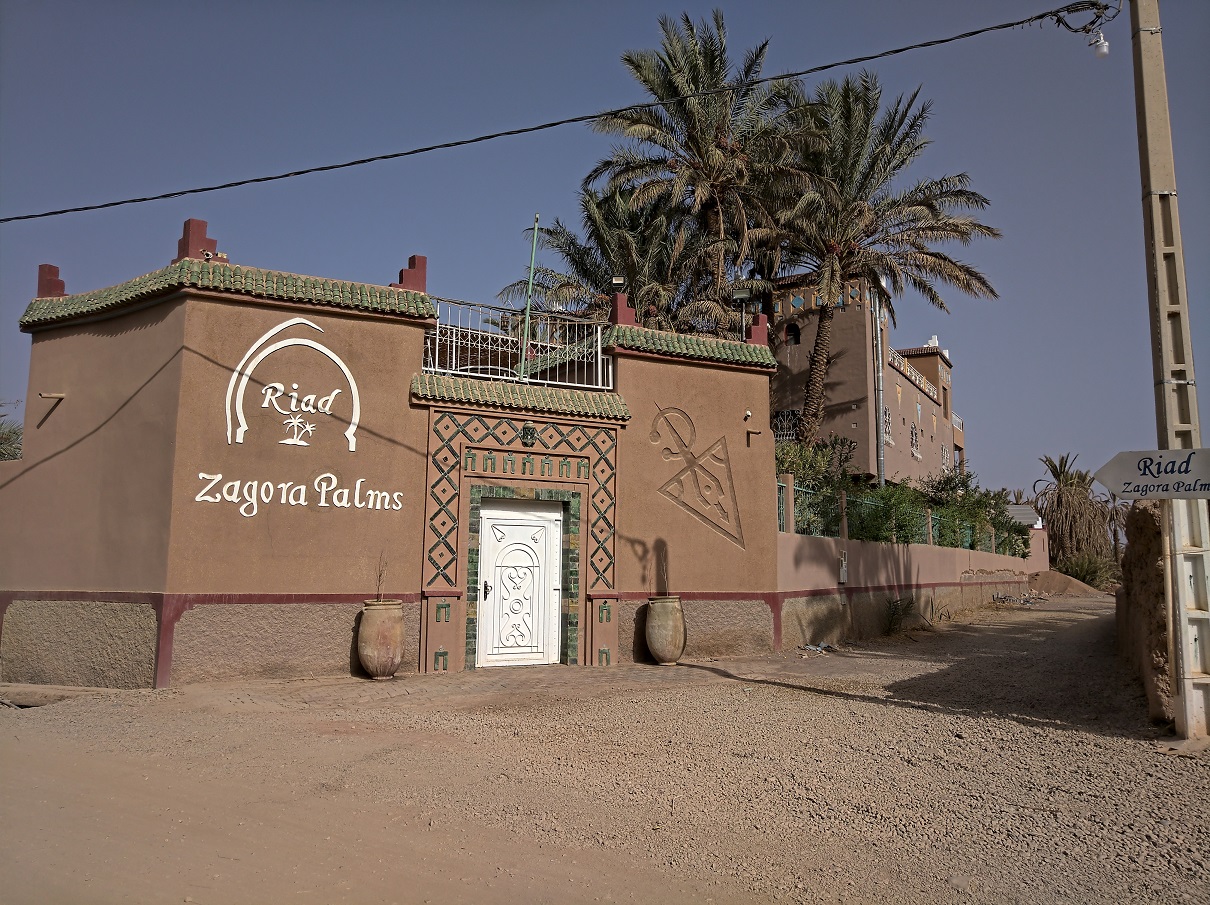
Because of Covid, we seemed to be the only foreigners in the desert.
The next day the most difficult mission, the desert, began. We knew that if we didn’t get desert clothes, we wouldn’t survive the day. So our first trip led to the market, where we bargained for clothes and then headed for the sand dunes.
We tested the devices from noon to 6 pm. The soles of Szilárd’s military boots melted, my soles were completely finished from the 70 °C shoe sole! It was 48 °C in the shade (but there was no shade).
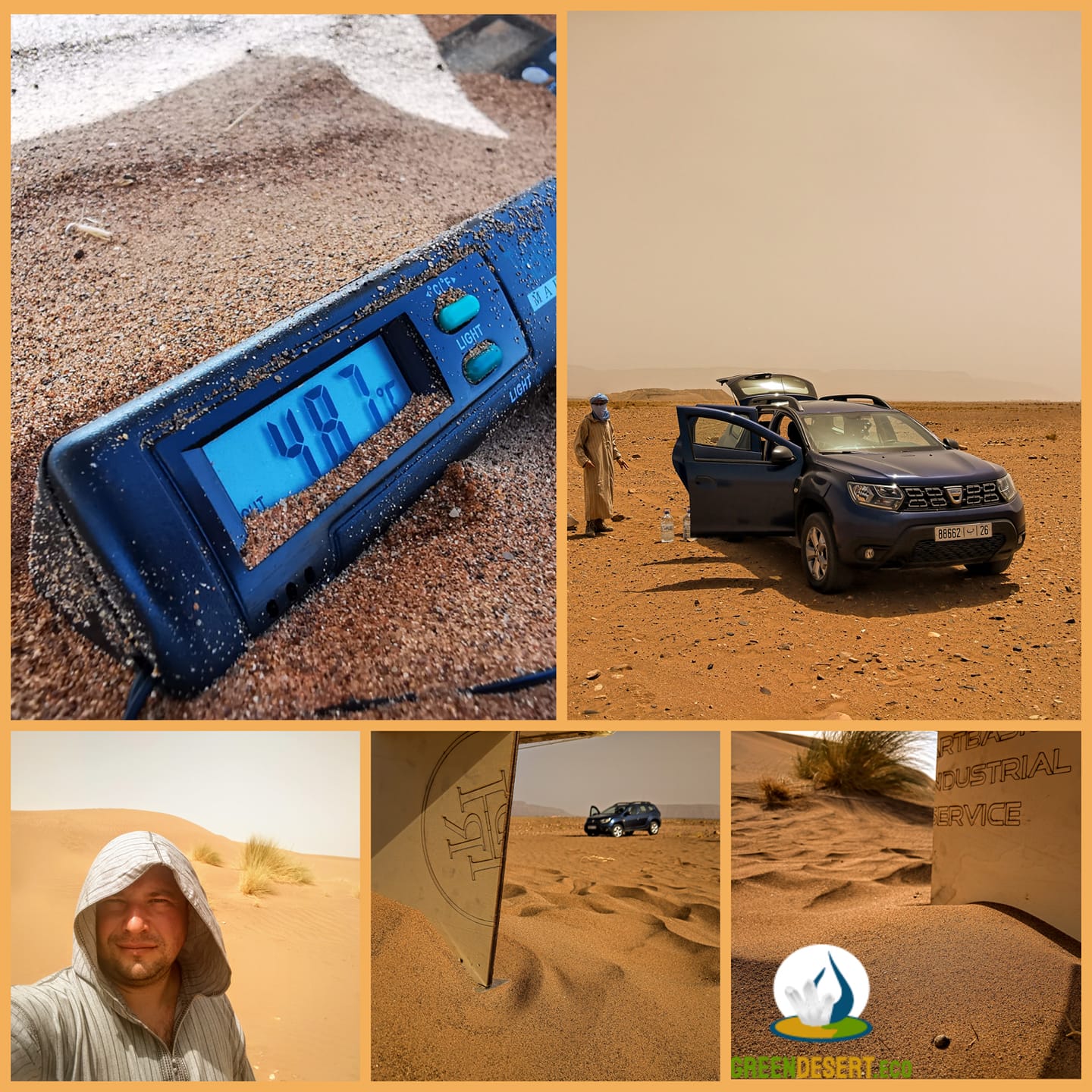
The devices, on the other hand, steadily produced the water we had already planned to bottle for laboratory tests. Here, we would like to thank the local Berber people for inviting us to a life-saving tea when they have seen from a distance that we are just scrambling up and down from the heat.
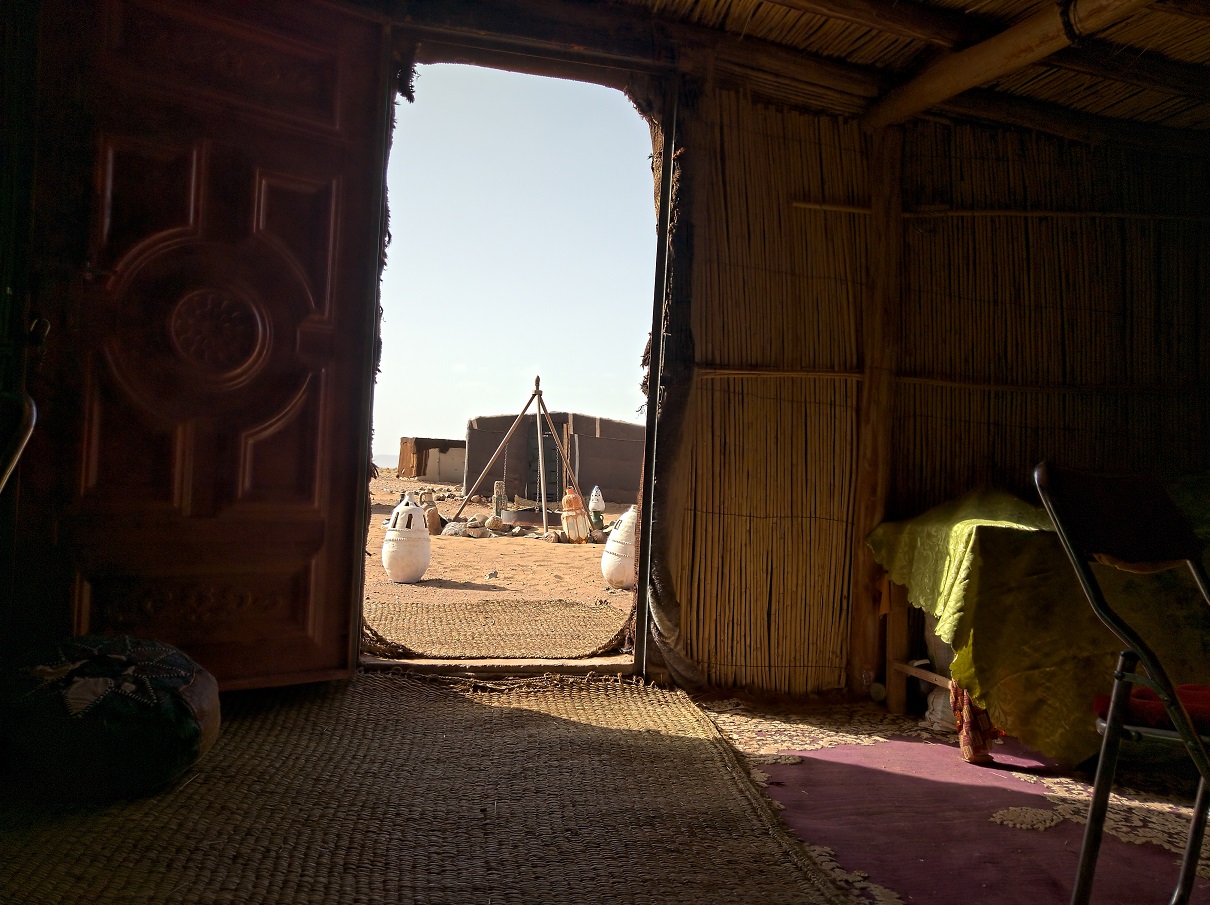
Our conclusions
The experiments have shown that the idea works. We intentionally don’t write much more specific about the device yet, as we still want to refine and patent it.
We still have a lot of work to do at this stage. We want to find and use materials that are cheap to produce, work in large quantities and are recycled. That’s why we are looking for partners, mainly companies experienced in plastic recycling and plastic processing.
If our plans work out, we can commercialize a device that
- produces fresh water (drinking water) from salt water
- is made from recycled material
- is extremely cheap
- is modular and scalable
- is intelligent
- produces water that can be used to cultivate agricultural land and can be installed on agricultural land
- can meet the water needs of households and can be installed on the roofs of houses
If our plans succeed, we will not only sell the device commercially, but we will also want to deliver it to as many villages and communities in need as possible within the frame of humanitarian missions.
We plan to reach its final form by the spring of this year, which we will be tested in Montenegro, and in Morocco, again.
We are currently looking for investors and companies involved in plastic recycling and recycled plastic production.
You can read more about the development on our upcoming website at www.greendesert.eco.

